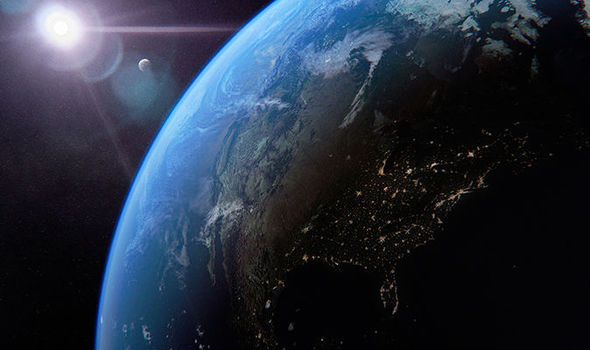Ancient astronomers’ records show days are getting LONGER

ASTRONOMICAL records dating back to 750 BC have shown the speed of Earth’s spinning is gradually slowing down… making the length of each day LONGER.
The time it takes our world to complete a full rotation has increased every 100 years, due to friction caused by the ocean’s tidal systems and solid mass decreases caused by melting ice.
Sea water that is pulled by the moon's gravity causes this friction as it washes against solid land beneath it.
Scientists have been able to calculate the reduction in the rate of spin by using astronomical tablets made by ancient Babylonian space gazers 2,500 years ago.
But the extra time added to a day each century is just 1.8 milliseconds, new research has shown.
Leslie Morrison, a researcher for the study, said these milliseconds are important for understanding how the Earth has changed shape since the last ice age, around 12,000 years ago, due to this friction.
The study was only possible by using clay tablets with a writing system known as cuneiform, found in Babylonian ruins, in what is now Iraq, by archaeologists in the 1800s.
World will END when poles flip and earthquake strikes TODAY
Some of the tablets had records of eclipses and solar eclipses which had taken place, which enabled modern-day scientist to calculate the rate of Earth’s spin at the time.
Mr Morrison said: “The descriptions of a total solar eclipse are so graphic, including descriptions like, when the days suddenly turn to night and the stars appear."
Researchers also used eclipse observations from ancient China, Greece and other Arab regions.
Although there were discrepancies, the scientists worked out how long a day has lengthened over the centuries.
The findings were published in the journal Proceedings of the Royal Society.
Политика конфиденциальности | Правила пользования сайтом







